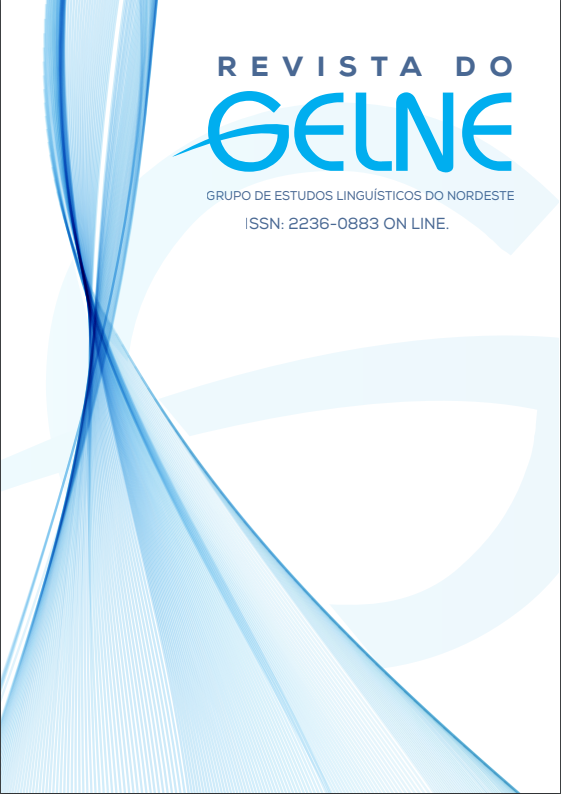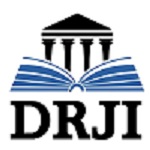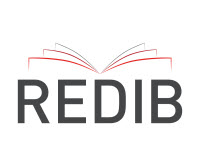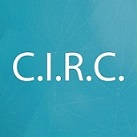Fake news e cidadania digital: procedimentos de checagem de fatos em textos multissemióticos
DOI:
https://doi.org/10.21680/1517-7874.2023v25n3ID32145Resumen
Não é de hoje que a desinformação assola o mundo. Há uma série de relatos de fake news desde a Antiguidade Clássica (MARQUÉS, 2019), passando por todos os momentos da história da humanidade e chegando ao ápice nos últimos anos, sobretudo com o desenvolvimento de tecnologias digitais e sites de redes sociais. Pode-se dizer que as fake news mudaram o curso da história da humanidade, e não foi diferente no Brasil: os golpes militares de 1889, 1937 e 1964, por exemplo, foram frutos da desinformação. Neste trabalho, nosso objetivo é o de sugerir critérios objetivos que permitam a didatização da checagem de textos multissemióticos fundados na desinformação, ou o que mais popularmente conhecemos como fake news (FN), considerando a acepção da cidadania digital envolta no compartilhamento consciente e crítico de informações. Para isso, amparamo-nos nos estudos de Wardle e Derakshan (2017), que versam sobre o Quadro da Desordem da Desinformação; em Seserig e Máximo (2017) e Tobias (2018), que apontam elementos caracterizadores da desinformação; em Kress (2010), Paiva (2021) e Ribeiro (2021), para a discussão sobre textos multissemióticos, e em Nascimento (2020) e Nascimento; Lima-Neto (2021), sobre procedimentos de checagem de fatos. Metodologicamente selecionamos duas FN, uma com temática política e outra sanitária, que circularam em meio digital e já foram desmistificadas por agências de checagem. Os resultados apontam que há dois grupos de critérios mais amplos que auxiliam na identificação: os de expressão, mais imediatos; e os de conteúdo, menos imediatos, com exigência de confirmação de evidências. Ambos os grupos parecem dar conta de identificar FN em diferentes estruturas e temáticas.
Descargas
Descargas
Publicado
Cómo citar
Número
Sección
Licencia
Derechos de autor 2023 Revista do GELNE

Esta obra está bajo una licencia internacional Creative Commons Atribución-NoComercial-CompartirIgual 4.0.

Este trabalho foi licenciado com uma Licença Creative Commons - Atribuição - NãoComercial - CompartilhaIgual 3.0 Não Adaptada.

 Português (Brasil)
Português (Brasil) English
English Español (España)
Español (España)









.jpg)




